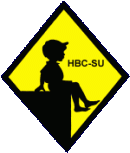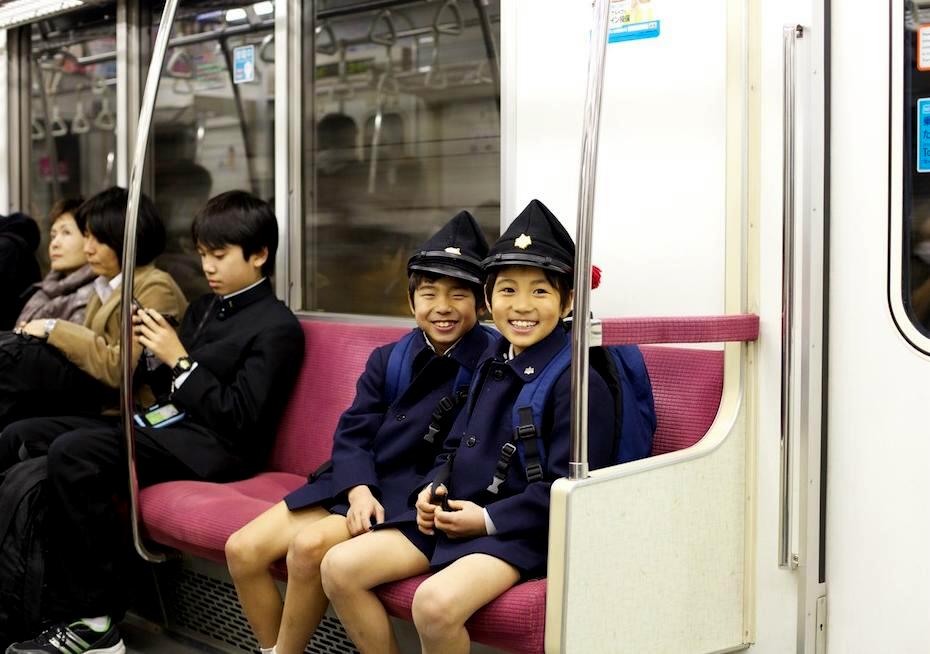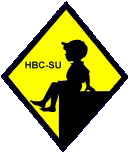
Japan Coming and Going to School: Public Transit

Figure 1.--These junior high and primary boys are taking the subway to school in 2012. The junior high boy probably attends a public school. The primary boys attend a private school. Note their destinctive caps. As it is winter, the primary boys and adults are wearing coats.
|
|
The Japanese school children living some distance from their school use various forms of public tranbs port, including busses, trains, and subways, to get to school. The type of transport varies depepending on where the children live and thgec type of school attended. Japan has an extremely efficient public transportation network, both within metropolitan areas and between the large cities. Japanese public transportation is characterized by punctuality, superb service, and the large numbers of people using it daily. The larger cities like Tokyo have excelent subway systems. Fukuoka, Kobe, Kyoto, Nagoya, Osaka, Sapporo, Sendai, Tokyo and Yokohama have subway systems. Other cities have surface crail systems which play a major role in public transport. Some primary children also take public transportation such as busses and subways. In Tokyo and other large cities, because of the crowded streets, the subway is the only way to go any distance quickly. In Tokyo, Osaka and other large cities, buses serve as a secondary means of public transportation, complementing the train and subway networks. Road construction which the busses rely on is is difficult because of the high population density and the limited amount of usable land. The traffic is also very heavy, especially in the morning when the children sre going to school. They are usually used for short distances. In smaller cities with less dense train networks or no subways, they are more important. In Kyoto, for example, buses are the main means of public transportation.
HBC

Related Chronolgy Pages in the Boys' Historical Web Site
Late 19th century]
[The 1930s]
[The 1940s]
[The 1930s]
[The 1940s]
[The 1950s]
[The 1960s]
[The 1970s]
[The 1980s]
Navigate the Boys' Historical Clothing School Uniform Pages
[Return to the Main coming and going to school public transport page]
[Return to the Main coming and going to school page]
[Return to the Main Japanese School Activities Page]
[Australia]
[England]
[France]
[Germany]
[Ireland]
[Italy]
[Japan]
[New Zealand]
[Scotland]
[United States]
Related Style Pages in the Boys' Historical Web Site
[Long pants suits]
[Short pants suits]
[Socks]
[Eton suits]
[Jacket and trousers]
[Blazer]
[School sandals]
Navigate the Boys' Historical Clothing Web Page
[Return to Main school page]
[Introduction]
[Activities]
[Biographies]
[Chronology]
[Clothing styles]
[Countries]
[Bibliographies]
[Contributions]
[FAQs]
[Japanese glossary]
[Images]
[Links]
[Registration]
[Tools]
[Boys' Clothing Home]
Created: 2:17 PM 3/4/2012
Last updated: 2:17 PM 3/4/2012




